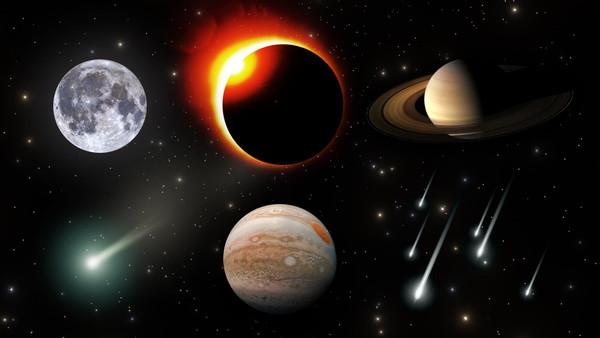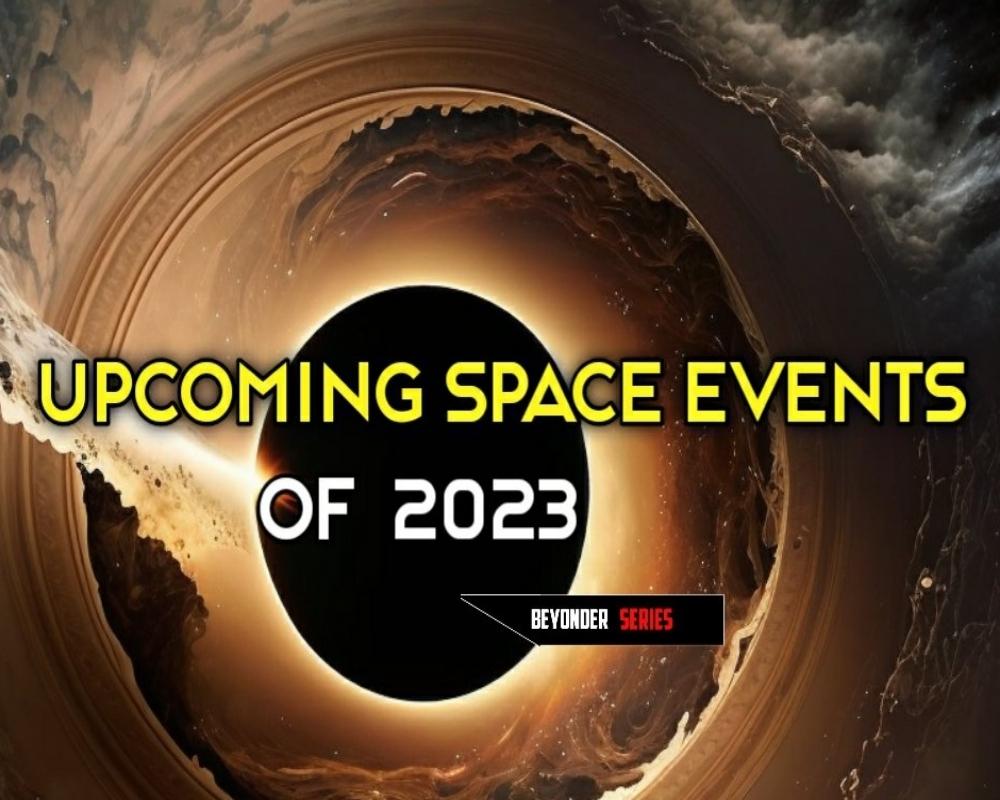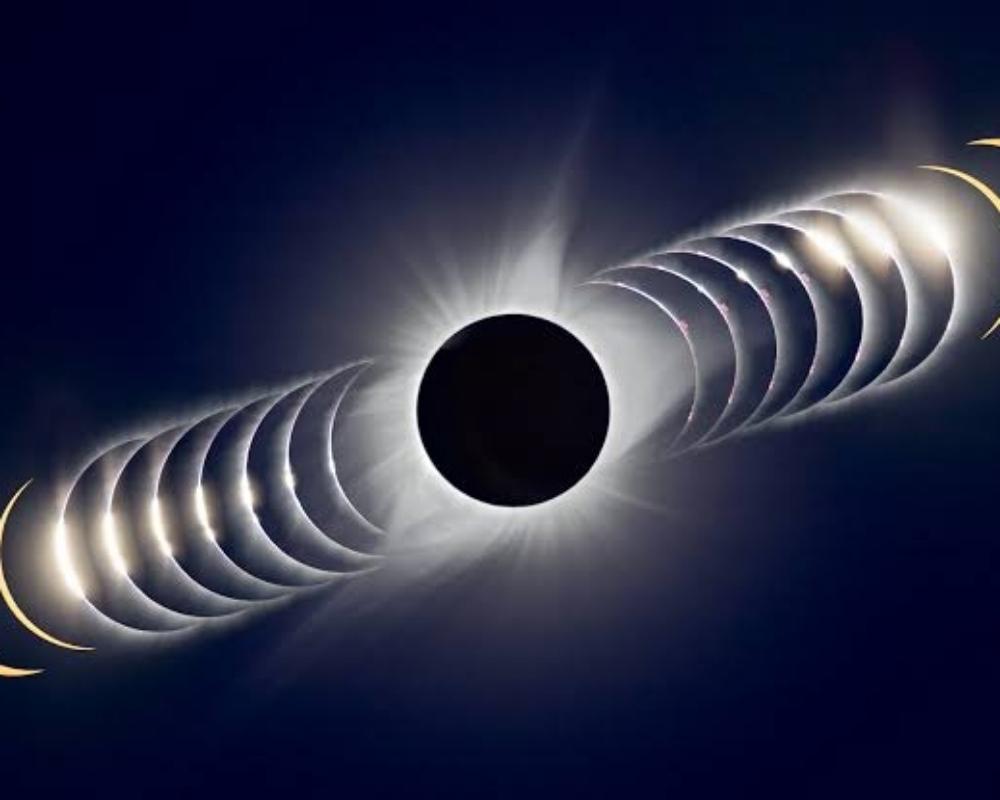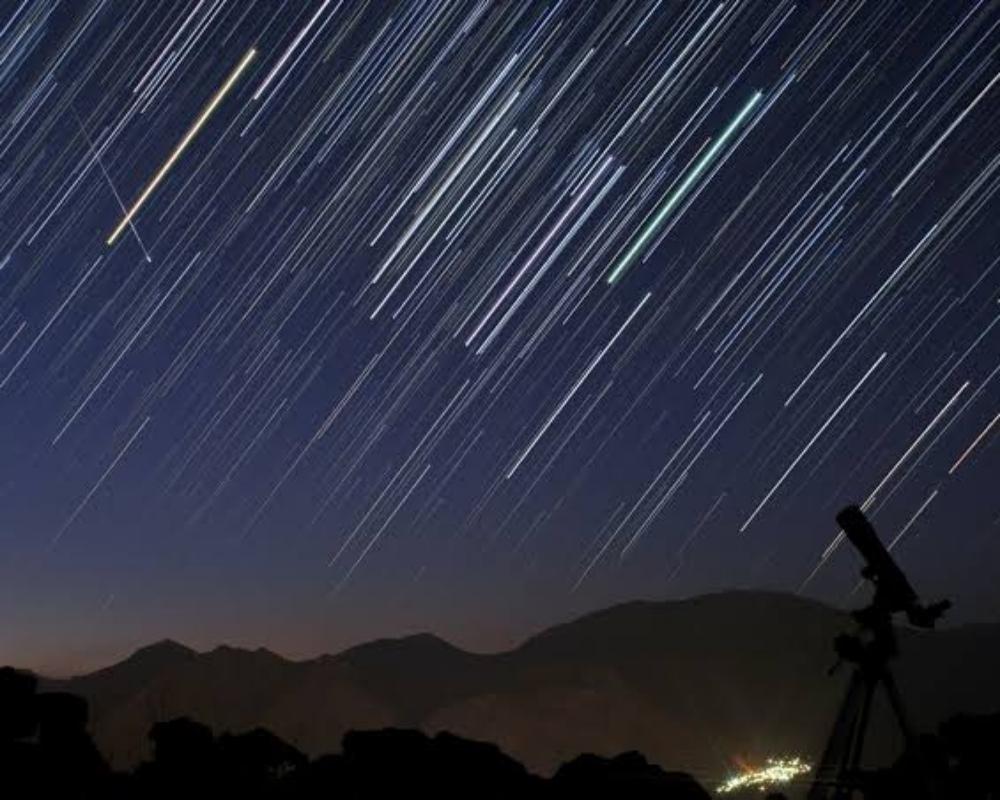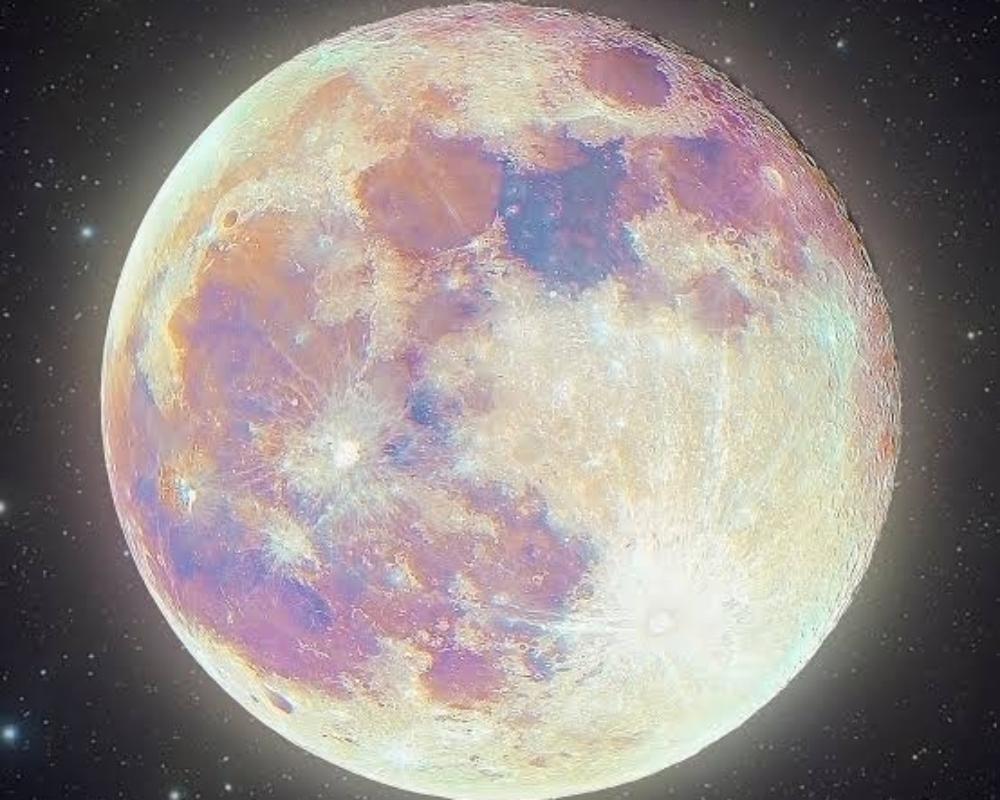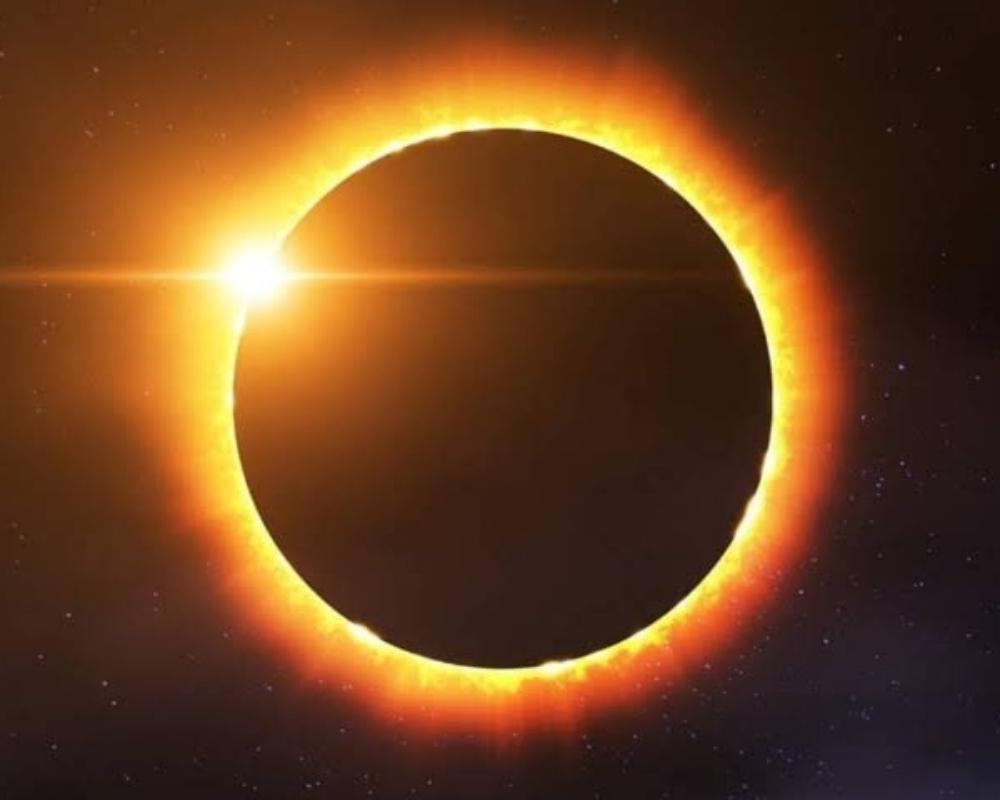Must-Watch Celestial Events Of 2023: Space Journey
Curated from: starwalk.space
Ideas, facts & insights covering these topics:
7 ideas
·2.07K reads
30
Explore the World's Best Ideas
Join today and uncover 100+ curated journeys from 50+ topics. Unlock access to our mobile app with extensive features.
January 4: Quadrantid meteor shower peak
The year starts with the Quadrantids. It is one of the most active meteor showers of the year: its hourly rate varies from 60 to 200. It is also known to produce fireballs. Unfortunately, this year, the peak occurs two days before the Full Moon. Better start observations in the morning, between moonset and sunrise: this way, you’ll get 1-2 hours without the 92%-illuminated Moon lighting up the sky. In the Northern Hemisphere, the radiant is always high in the sky. The farther south, the more likely it will appear above the horizon during the daytime
29
320 reads
February 1: Comet C/2022 E3 (ZTF) reaches maximum brightness
By the end of January 2023, comet C/2022 E3 (ZTF) will pass perihelion, and on February 1, it will come closest to the Earth. It will be the best day to observe the comet because, at this time, it will be the brightest. Currently, C/2022 E3 (ZTF) can be seen through a telescope. By early February, it will get bright enough to be visible through binoculars or, according to some forecasts, even with the naked eye. This year, this is the only comet this bright, so don't miss out!
28
241 reads
April 20: Hybrid solar eclipses
This April, we’ll have a chance to see a rare hybrid total/annular eclipse, which is an eclipse that changes its appearance as the Moon’s shadow moves across the Earth. Eclipses of that kind are infrequent: for instance, this century, we’ll only have 7 of them. In most cases, a hybrid eclipse begins as annular, becomes total, and then reverts to annular. Observers from Australia, Indonesia, and East Timor will witness this unique event; the surrounding regions will see a partial solar eclipse.
34
386 reads
August 13: Perseid meteor shower peak
The Perseid meteor shower is one of the most popular and abundant showers of the year. It can produce up to 100 meteors per hour. This year, the Perseids’ peak is two days before the New Moon, so observing conditions are favorable. This meteor shower is primarily visible from the Northern Hemisphere, where the radiant is always above the horizon.
35
289 reads
August 31: The biggest Full Moon of 2023
The Supermoon occurring on August 31, 2023, will come closer to the Earth than other Full Moons of the year and will become the year’s brightest and most prominent. Moreover, it is going to be a Blue Moon or the second Full Moon in a calendar month (note that the name has nothing to do with the real color of the Moon).
36
298 reads
October 14: Ring of Fire – annular solar eclipse
Another solar eclipse will be visible over the North and South American continents. Observers from the United States, Mexico, Belize, Honduras, Nicaragua, Panama, Colombia, and Brazil will see a “ring of fire”, or annulus – the bright ring of sunlight around the Moon. The rest of the Western Hemisphere will experience a partial eclipse. The next solar eclipse of this kind will happen in a year and will be only visible from Chile and Argentina
32
258 reads
December 14: Geminid meteor shower peak
The bright Geminids are usually the year's strongest and most reliable meteor shower. It is known to produce up to 150 multi-colored meteors per hour. The spectacular show can be seen in both hemispheres. Observers from the northern latitudes can start observations in the evening. Stargazers from the Southern Hemisphere will have to wait a bit longer: the radiant will rise above the horizon only around midnight.
32
278 reads
IDEAS CURATED BY
I'm interested in the Unknown | 📚 Bookworm | 🎨 Creative soul | 🌌 Explorer of the Beyond. (άλθος) ♡
CURATOR'S NOTE
How many of you witnessed the C/2022 E3 (ZTF) in Feb? Let me know and do comment about the celestial events you're waiting for
“
Debapriyo Majumdar's ideas are part of this journey:
Learn more about personaldevelopment with this collection
The importance of practice and repetition in learning
How to stay motivated and avoid burnout while learning
How to break down complex concepts into manageable parts
Related collections
Similar ideas
Read & Learn
20x Faster
without
deepstash
with
deepstash
with
deepstash
Personalized microlearning
—
100+ Learning Journeys
—
Access to 200,000+ ideas
—
Access to the mobile app
—
Unlimited idea saving
—
—
Unlimited history
—
—
Unlimited listening to ideas
—
—
Downloading & offline access
—
—
Supercharge your mind with one idea per day
Enter your email and spend 1 minute every day to learn something new.
I agree to receive email updates
